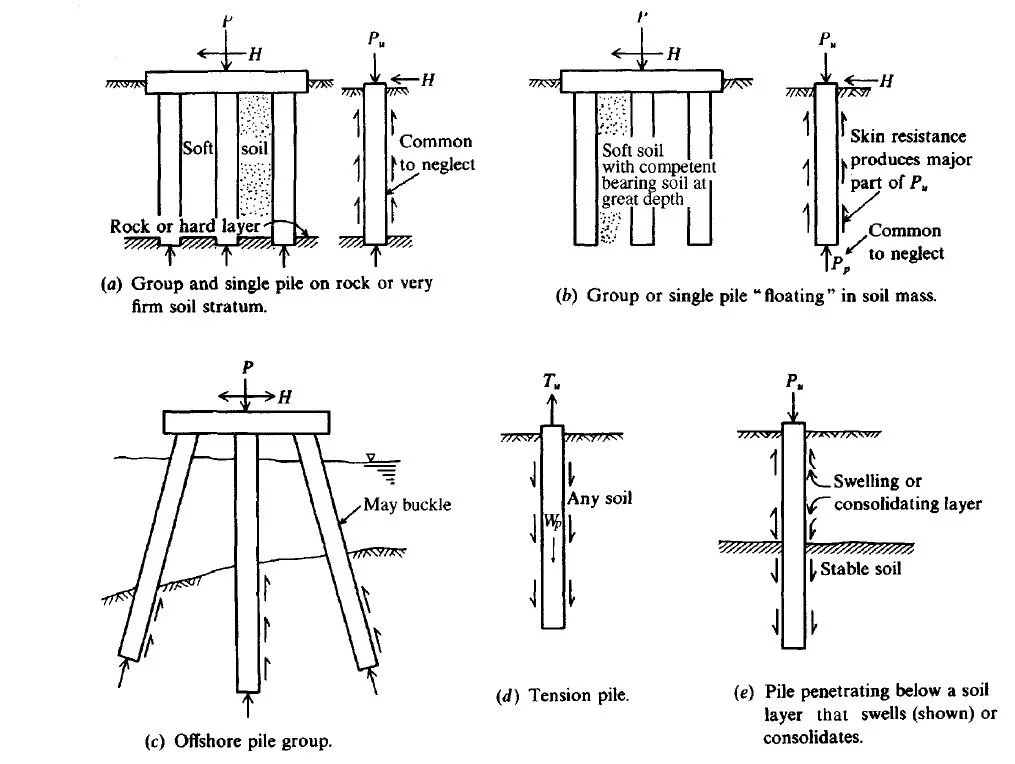Did you know that inadequate planning in the early stages of a structural project can lead to costly rework and delays? I have seen firsthand how meticulous planning at each project stage can save time and resources. In this article, we’ll explore how you can support clients—from developers to architectural consultants—throughout each critical stage, starting with the often-overlooked concept stage.
Main Project Stages:
a. Concept Stage.
b. Schematic Stage.
c. Detail Design Stage.
d. Tender Stage.
e. Issue for Construction (IFC) Stage.
Note: Municipality & Authority Approval are not mentioned here as the structural role differs from country to country.
a-Concept Stage:
The concept stage is crucial, yet often overlooked by many consultants.
We believe that investing effort in this phase saves time and resources, making subsequent stages more straightforward.
Key Points in the Concept Stage:
1-. Understand Client Requirements: Collect all available information from the client to fully grasp their needs and requirements. Ensure the client is aware of all necessary documents required to proceed smoothly, avoiding any interruptions in the workflow.
2. Propose Multiple Options: Present several structural system options, highlighting the pros and cons of each. Ensure the client fully understands and agrees with the chosen system. This agreement helps to eliminate the possibility of changes in later stages under the guise of cost reduction or due to input from other stakeholders.
3. Budget Considerations: Determine the construction budget for the structural work early in the project. This budget serves as a guideline for coordinating with the architectural team and selecting the appropriate structural system within the client’s financial constraints. For example, in one of our projects, a client requested a 25-meter clear span for an office building. We proposed several options to meet this requirement but, understanding the client's budget constraints, highlighted the construction cost implications. This transparency allowed the client to make an informed decision, ultimately opting to reduce the span to 15 meters, which still met the functional requirements within their budget.
Monitoring the client's budget and comparing it to the design at each project stage is crucial to avoid any rework. In several instances, projects were completed and later sent to us to study how we could reduce costs.
4. Agree on Design Criteria: Establish design criteria, materials, design codes, and any special client requirements. Ensure a thorough understanding of local building codes, as they often take precedence over international codes. For example, Design Coefficients and Factors for Seismic Force-Resisting Systems in the SBC local code may differ from those in the ASCE code.
5. Basic Analysis: Conduct preliminary analyses to demonstrate the recommended systems without delving into detailed calculations. Use your experience to minimize effort.
6. Initial Coordination with Geotechnical and Wind Tunnel Consultants: Provide proposed borehole locations and depths. Supply basic structural dynamic behaviour information to wind tunnel teams for preliminary analysis.
7. Highlight Potential Cost Reductions or Construction Challenges: Identify potential savings and construction challenges early in the project. Communicate these insights to the architectural team and the client to ensure cost efficiencies are realized without impacting the building’s function.
b-Schematic Stage
After agreeing on the structural layout with the client, the schematic stage involves developing analysis models and coordinating with other disciplines. The challenge here is to accommodate all disciplines' requirements while finalizing concrete dimensions. This stage includes several meetings with wind tunnel teams, geotechnical consultants, MEP, landscape, and other consultants to refine the structural system and determine the most efficient structure. At the end of this stage, refine your construction budget analysis and ensure it remains within the client’s budget.
c-Detail Design Stage
During the detail design stage, the focus shifts to developing detailed drawings with reinforcement details to ensure the contract package is ready for pricing. This phase involves minimal coordination with other disciplines, allowing for concentrated effort on the structural details. The project cost should be finalized at this stage and should remain within the client’s budget.
d-Tender Stage
In the tender stage, contractors will price the package, and you may receive queries regarding the design. Respond to their queries and add the required details to ensure clarity in the IFC package.
e-Issue for Construction (IFC) Stage
At this stage, a complete structural package is prepared, incorporating any additional contractor requirements.
By meticulously supporting your clients through each project stage, you help them achieve their goals efficiently and effectively and this is our proactive approach in our office, especially in the concept stage, sets the foundation for successful project execution and minimal rework.
Conclusion
Understanding the importance of each project stage and the role of a structural consultant can save time, reduce costs, and ensure the success of the project. Our detailed attention to the concept stage and continuous support throughout the project lifecycle distinguishes our consultancy services. Thoughtful planning and expert guidance can make a significant difference in achieving project goals smoothly and efficiently.
Our commitment to client support extends beyond the submission of the IFC package, as we respond to any site team queries to ensure the project is completed as designed.
By meticulously supporting our clients through each project stage, we help them achieve their goals efficiently and effectively. Our proactive approach, especially in the concept stage, sets the foundation for successful project execution and minimal rework.












